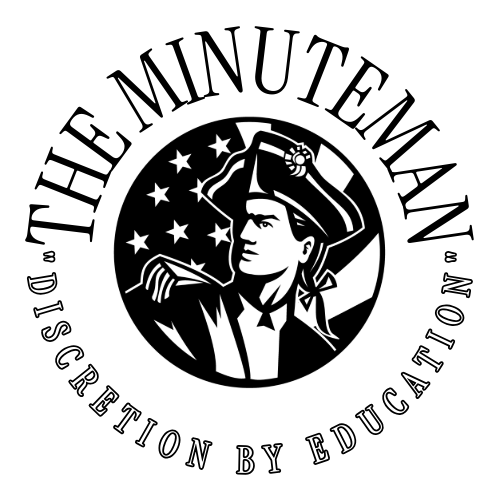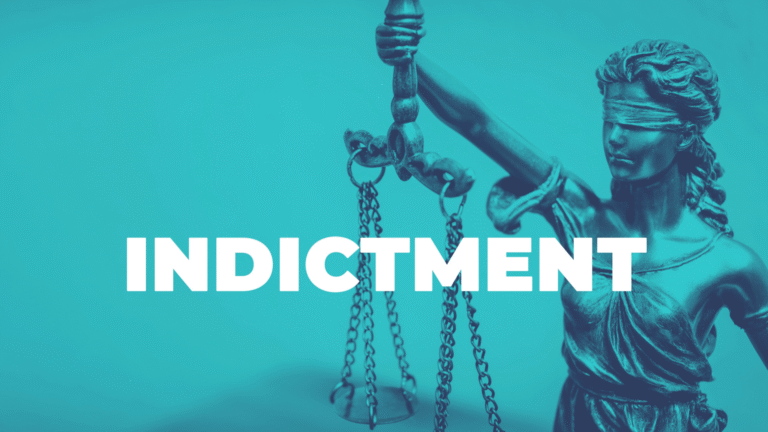Roth 401(k)
What is a Roth 401(k)?
A Roth 401(k) is a type of employer-sponsored retirement account that allows employees to contribute after-tax income. Unlike a traditional 401(k), withdrawals in retirement—including earnings—are tax-free if certain conditions are met, such as being age 59½ and having held the account for at least five years.
Key Points
- Tax treatment: Contributions are made with after-tax dollars, so you don’t get a tax break now, but qualified withdrawals are tax-free later.
- Combines benefits: Merges the high contribution limits of a 401(k) with the tax-free growth of a Roth IRA.
- RMD rules: You must begin taking required minimum distributions (RMDs) at age 73, unless you roll the account into a Roth IRA, which has no RMDs during your lifetime.
- Contribution limits: Same as traditional 401(k): $23,000 for 2025, with an additional $7,500 catch-up if you’re over 50.
- Employer match: Allowed, but matched funds go into a traditional 401(k) account and are taxed at withdrawal.
FAQ
- Who should choose a Roth 401(k)? People who expect to be in a higher tax bracket in retirement or want tax-free income later.
- Can I have both a traditional and Roth 401(k)? Yes, you can split contributions between them, but combined they must stay within the annual limit.
- Do earnings grow tax-free? Yes, as long as withdrawals meet age and holding requirements.






